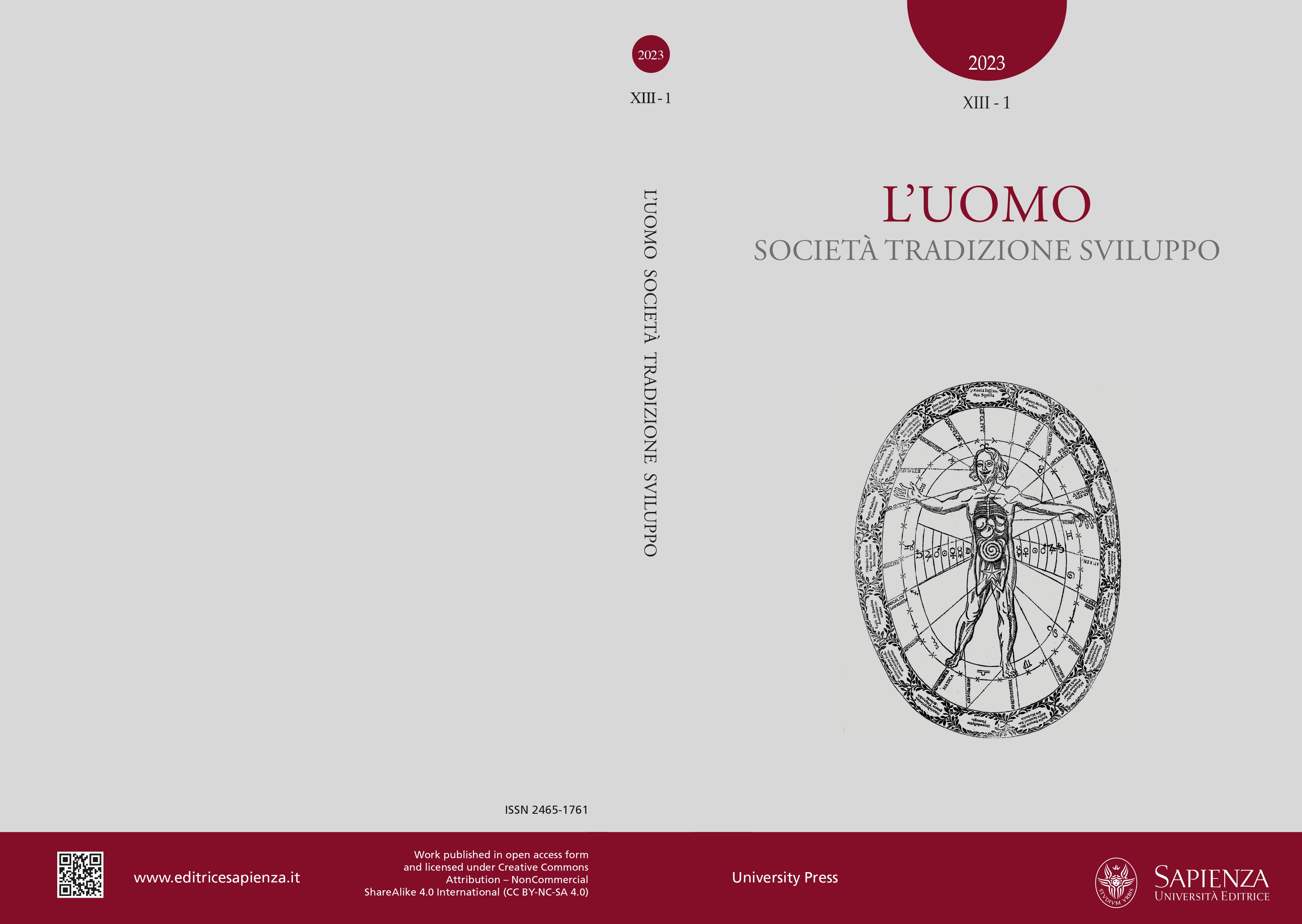Between the cacique and the líder, the pa’i
The transition of the ayoreo of Puerto María Auxiliadora through changes in leadership
Keywords:
Ayoreo, leadership, Chaco, Salesians, indigenous communityAbstract
This article investigates the transition of an Ayoreo group from the end of their Pre-Contact World - Eami - in the 1960s, to the present indigenous communities of Puerto María Auxiliadora, in Carmelo Peralta (Alto Paraguay). This transition is analyzed by considering the main leadership models and the different values and meanings attributed to them. Indeed, the different community leadership roles reflect the complex phases that the Ayoreo had to manage during the transition. First, we examine the figure of the cacique, a Castilian translation of the Ayoreo dakasute, the ancient warrior chief in Eami, a courageous leader from the past to whom the Ayoreo often look back with nostalgia. Next, we consider the pa’i, translation of priest in the Guarani language, in the figure of the Salesian missionaries who led the Ayoreo communities of Puerto María during the thirty complex years of discovery of the new world. Lastly, the líder, whose presence is regulated by law 904/81 in Paraguay, who has established himself within the communities as a prominent figure since the 1990s, acting as a communicator with the institutions. The three figures respond to different needs in different periods of the transition, each carrying specific meanings and values. These figures are useful to interpret the Eami’s apocalypse prior to contact, to guide in the period of knowledge of the new world during the mission years, and to ensure that the Ayoreo fit into institutional networks, public and otherwise, to foster better community management.


